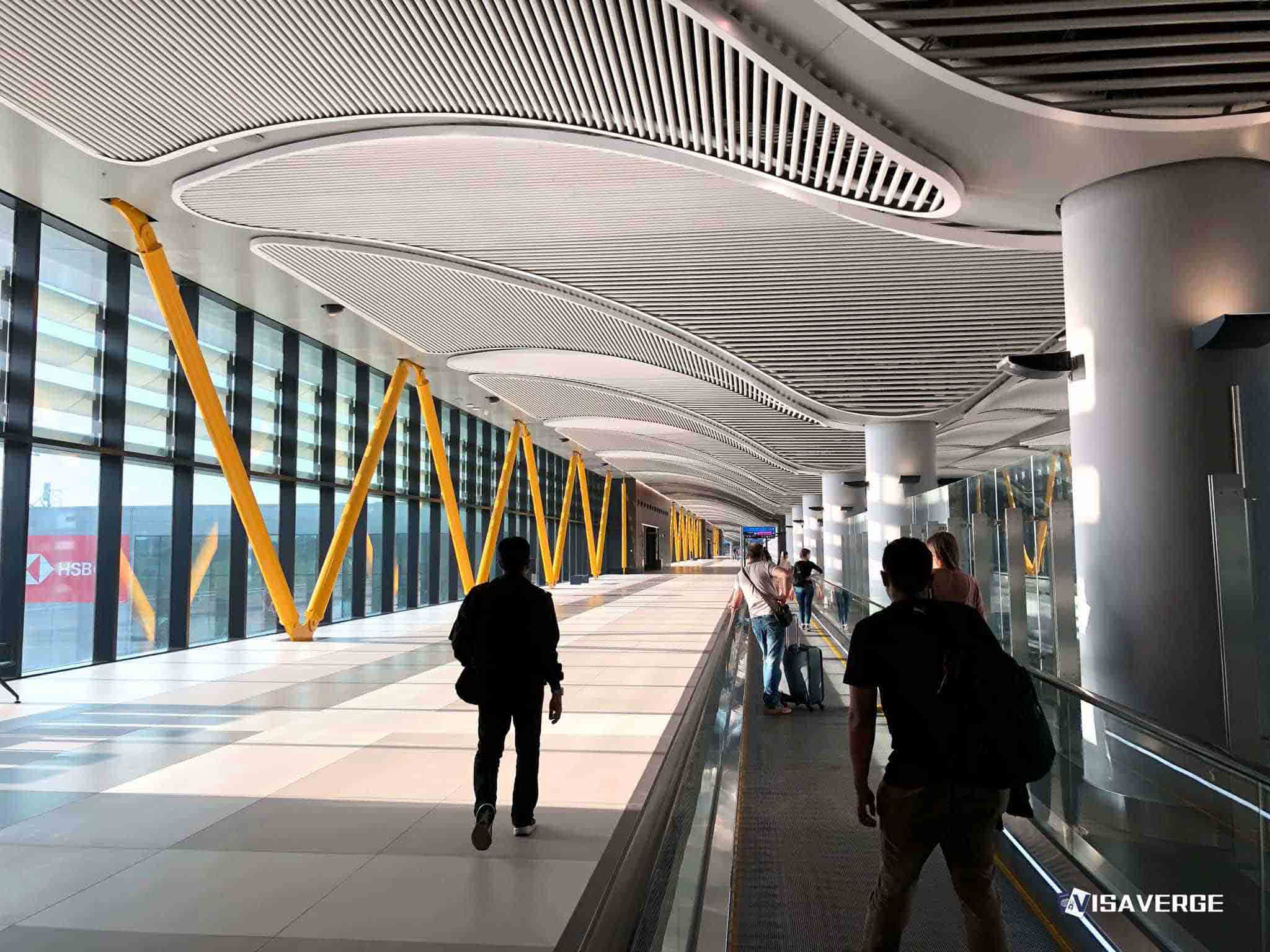The National Transportation Safety Board (NTSB) opened three days of hearings on July 30, 2025, to investigate the deadly January midair collision over Washington, D.C. The crash killed all 67 people on board an American Airlines CRJ700 and a U.S. Army Black Hawk helicopter. The NTSB is focusing on flight training procedures, air traffic control, and how military and civilian aviation authorities work together.
During the hearings, the NTSB presented new surveillance video and an 11-minute animation that showed the moments leading up to the crash. These visuals helped experts and families understand exactly what happened. The NTSB is questioning whether flight training procedures for both Army helicopter pilots and air traffic controllers at Ronald Reagan Washington National Airport are strong enough. They are also looking at whether current rules for managing busy and mixed-use airspace are working.

Key findings show that the Black Hawk pilots may not have known their exact altitude or how close they were to the airliner. This could be because of faulty altimeters, which are devices that show how high an aircraft is flying. The cockpit voice recorder from the CRJ700 captured a warning from the Traffic Alert and Collision Avoidance System (TCAS) about 20 seconds before the crash. However, the system did not give a clear instruction to avoid the other aircraft, and the pilots tried to turn away only seconds before impact.
Clark Allen, a former operations manager at the DCA control tower, testified that while controllers are told to ask for help when they feel overwhelmed, there is no special training for supervisors to watch for these problems. High turnover among air traffic controllers at the airport is also a concern, as it can affect safety and the quality of training. The NTSB also found that Army helicopters often fly near the airport with their ADS-B Out equipment turned off. This equipment helps controllers and other pilots see where the helicopter is, so turning it off makes it harder to avoid accidents.
The NTSB has made urgent recommendations to lower the risk of another midair collision. These include better training, making sure all aircraft use required safety equipment, and improving communication between military and civilian aviation. The FAA is under pressure for not fixing problems after 85 near misses at the airport before this crash. The Army is also being questioned about how well it maintains helicopter equipment and trains pilots for busy airspace.
NTSB Chairwoman Jennifer Homendy said the agency is committed to finding the root causes and stopping future tragedies. Family members of the victims are attending the hearings, hoping for answers and accountability. The NTSB is still analyzing flight data, maintenance logs, and wreckage. The investigation uses a team approach, with help from the FAA, Army, and aircraft makers.
The final NTSB report is expected later in 2025. It will likely lead to new rules for flight training procedures and airspace management. For more details, visit the official NTSB investigation page. As reported by VisaVerge.com, these changes could shape how the FAA and Army handle safety and training in the future.
Learn Today
NTSB → U.S. agency that investigates transportation accidents and recommends safety improvements.
Midair collision → An accident where two aircraft collide while flying in the air.
Altimeter → Device measuring an aircraft’s altitude above sea level for safe navigation.
ADS-B Out → Automatic system transmitting aircraft location to controllers and other pilots for avoidance.
Traffic Alert and Collision Avoidance System (TCAS) → Onboard system warning pilots about nearby aircraft to prevent collisions.
This Article in a Nutshell
The NTSB hearings examine the tragic January midair collision over Washington, D.C., focusing on flight training and airspace safety. New evidence reveals possible altimeter errors and coordination failures, prompting urgent recommendations to prevent future accidents involving military and civilian aircraft sharing busy airspace.
— By VisaVerge.com













